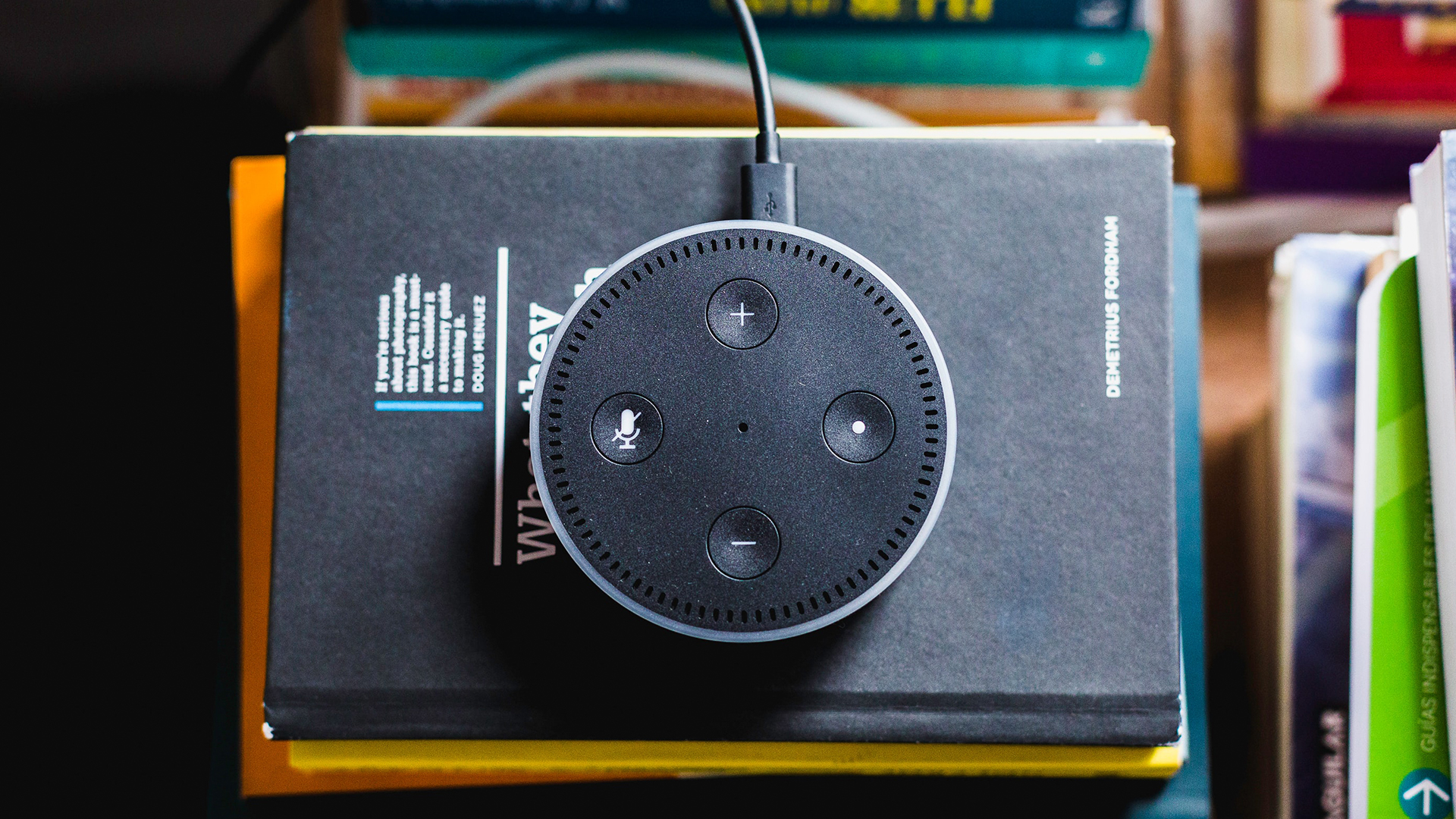Published by
Siri, Google Assistant and Alexa are a few of the more common voice-activated assistants, but they aren’t the only tech that utilize voice control. As speech recognition tech has become easier to incorporate and more efficient in performing its tasks, more app designers have begun to include it in their development.
As exciting as this is, there are still many unknowns regarding voice-activated technology’s potential, as well as its impact on privacy and security. As with any new technology, we don’t know for sure what the pitfalls of voice tech are and what negative aspects we could be facing down the road. Below, 10 members of Forbes Technology Council share some of the most important things users should know about their voice-activated tech.
1. It Comes With Security Risks
Users need to know about the security risks of voice-activated technology. There is a risk that sensitive corporate or personal data may be overheard when data is retrieved or transactions performed. Therefore, I recommend avoiding using this technology in public places or while traveling. – Nelson Cicchitto, Avatier Corporation
2. It’s About Privacy Versus Convenience
While voice-activated technologies like Siri and Alexa offer the convenience of fast retrieval of data, consumers should be aware that these devices have the potential to be “always on.” Be sure to check system settings and know when your voice data is being aggregated. Perhaps the biggest concern isn’t what they are storing, but when they are actually recording you without your knowledge. – Steven Khuong, Curacubby
3. Voice Tech Is Getting Smarter
Communication with voice assistants hasn’t always been seamless, as factors such as location and environmental noise generally influence results. However, voice tech is getting smarter at recognizing these contextual factors and devices that can distinguish separate voices, and can decipher different contextual factors to make the conversation more convenient and efficient. – Sanjay Malhotra, Clearbridge Mobile
4. You Can’t Know What It’s Storing Exactly
While these technologies are cool, they bring a level of privacy invasion as well. The device gets smarter as we use it; however, we are not sure what else it’s storing when we are not giving a command to it. Ensuring that the settings are set to off/sleep mode is important to ensure that private conversations are not stored. – Bhavna Juneja, Infinity, a Stamford Technology Company
5. It Will Become More Ubiquitous
AI and IoT are moving us into a post-screen world. Soon, our interactions with technology will involve less typing and button-clicking and more natural forms of expression, like speaking. Voice-activated tech will be found everywhere. From the office to the car to retail stores, expect this tech to open up a dialogue with everyone around the world. – Marc Fischer, Dogtown Media LLC
6. It Provides Increased Accessibility Options
We often assume that robots will be humanoid. In fact, it seems they will be invisible, but ever-present. What voice-activated tech is doing, however, is also removing the burden of the interface. Senior citizens and those who are technologically challenged (especially non-English speaking or illiterate) will be able to access services never accessible before. – Suresh Sambandam, Kissflow
7. It Offers Easier Access To Entertainment
We can access entertainment more easily than ever before. Most consumers use voice services for basic commands at home like turning on the lights, but we can also enjoy thousands of shows, movies, music and podcasts with a simple voice command. This benefit will become even more seamless (and frankly, fun) as audio developers continue to better integrate voice capabilities into more products. – Brendon Stead, Sound United
8. Voice Tech Can Travel With You
Most people use their voice-activated tech while at home, but did you know it also travels with you? Most are available through an app, as well as being native to your smartphone. Use it wherever you are, not just at home. – Thomas Griffin, OptinMonster
9. It Can Improve Conference Call Efficiency
While we’re used to talking into voice assistant devices, the tech is also coming live into conference calls to help with common meeting tasks. Imagine asking “Hey, Ziggy, call Sean’s mobile and add him to this call” or “Hey, Ziggy, what is the next time available for everyone on this call?” Technologies in modern communications-platform-as-a-service (CPaaS) enable these capabilities. – Steve Pao, Hillwork, LLC
10. It Only Shows You The Top Result
Voice experiences can’t show you lots of information like your typical search engine—they have to pick the best answer and only provide that. Most information hasn’t been customized for an auditory experience, but standards are emerging that let content creators tag their content to be voice-search-friendly. Voice experiences will improve exponentially as data becomes more tailor-made for voice. – Luke Wallace, Bottle Rocket




